

7018 welding rods are a popular choice for various applications due to their excellent performance characteristics. This comprehensive guide dives deep into the properties, applications, and best practices for using 7018 welding rods. We'll explore what makes them so versatile and how to achieve optimal results with this essential welding consumable.
The designation 7018 itself provides clues about the rod's capabilities. The 70 indicates the tensile strength (70,000 psi), while the 18 signifies the electrode's classification, denoting its low-hydrogen characteristic and excellent performance in various positions. This low-hydrogen content is crucial for minimizing porosity and ensuring strong, high-quality welds, especially in critical applications.
The versatility of 7018 welding rods makes them suitable for a wide range of applications, particularly where high strength and toughness are required. Some common applications include:
Selecting the correct 7018 welding rod depends on factors such as the base metal, thickness, and desired weld properties. Different manufacturers offer variations in coating and diameter, impacting performance. Always refer to the manufacturer's specifications and relevant welding codes for specific requirements.
Proper technique and preparation are essential for achieving high-quality welds with 7018 welding rods. This includes preheating the base metal (often required), maintaining proper arc length, and using the correct amperage. Always consult the manufacturer's instructions and follow safety precautions.
For more information on sourcing high-quality 7018 welding rods, consider exploring suppliers like Hebei Muyi Import&Export Trading Co.,Ltd. They offer a wide range of welding consumables and might have the perfect 7018 welding rod for your next project.
| Welding Rod Type | Tensile Strength (psi) | Hydrogen Content | Weldability |
|---|---|---|---|
| 7018 | 70,000 | Low | Excellent (All positions) |
| 6010 | 60,000 | Medium | Good (Flat and horizontal) |
| 7018 (alternative manufacturer) | 70,000 | Low | Excellent (All positions) |
Disclaimer: The data in the table above is hypothetical and for illustrative purposes only. Actual values may vary depending on the manufacturer and specific product.
This guide provides a general overview. Always consult the manufacturer's specifications and relevant welding codes for your specific application. Safe welding practices are paramount.

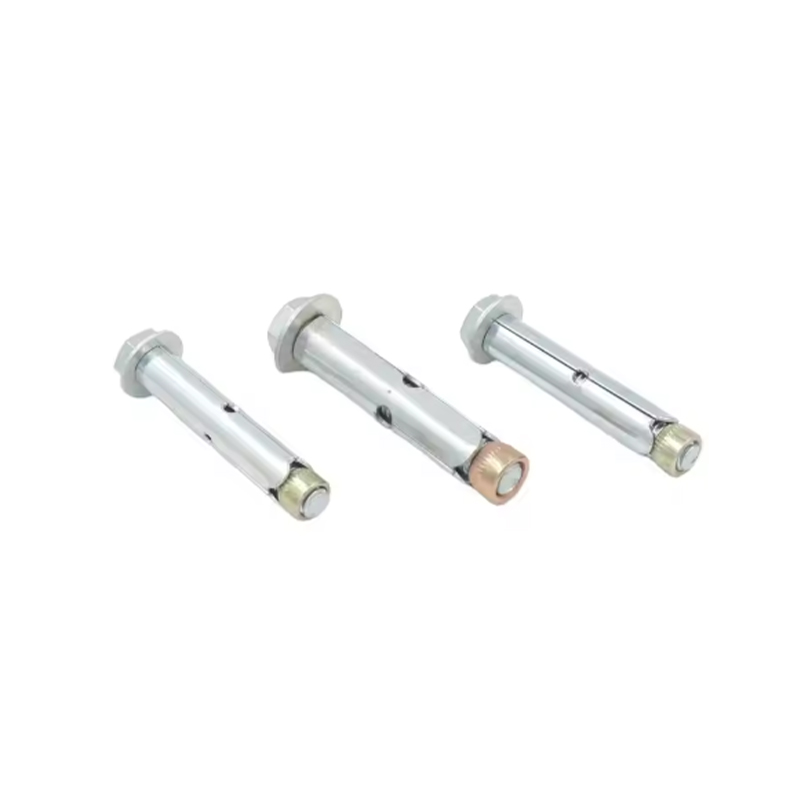
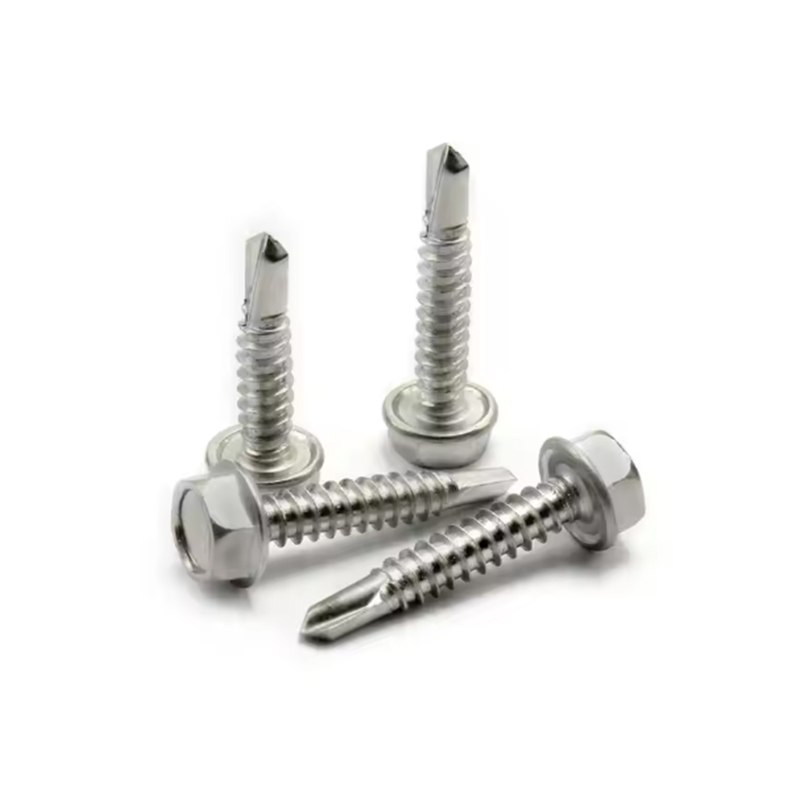
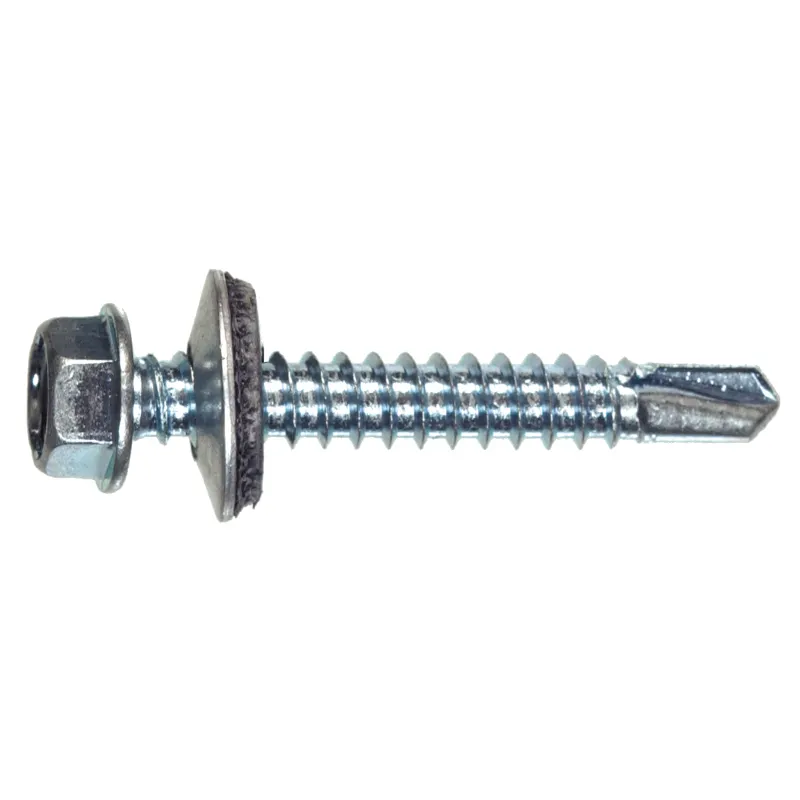


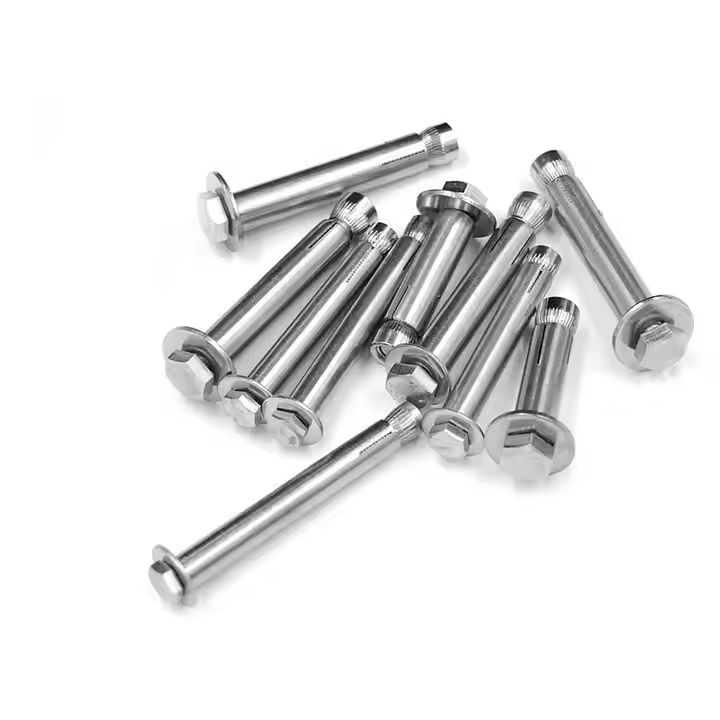
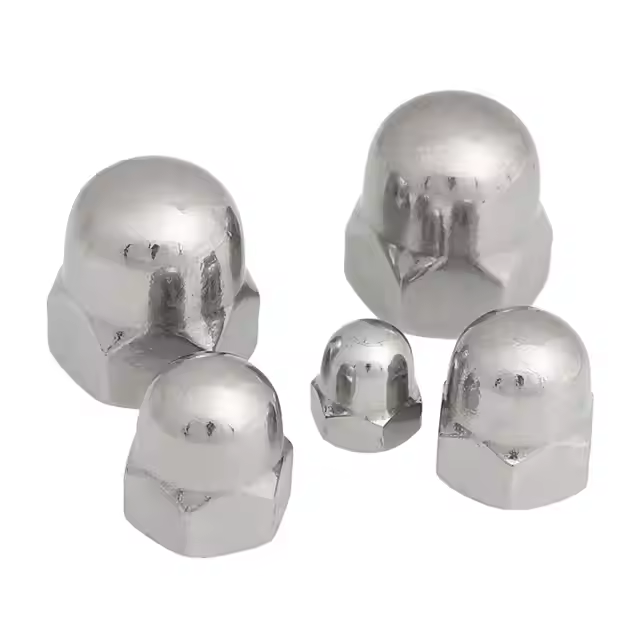


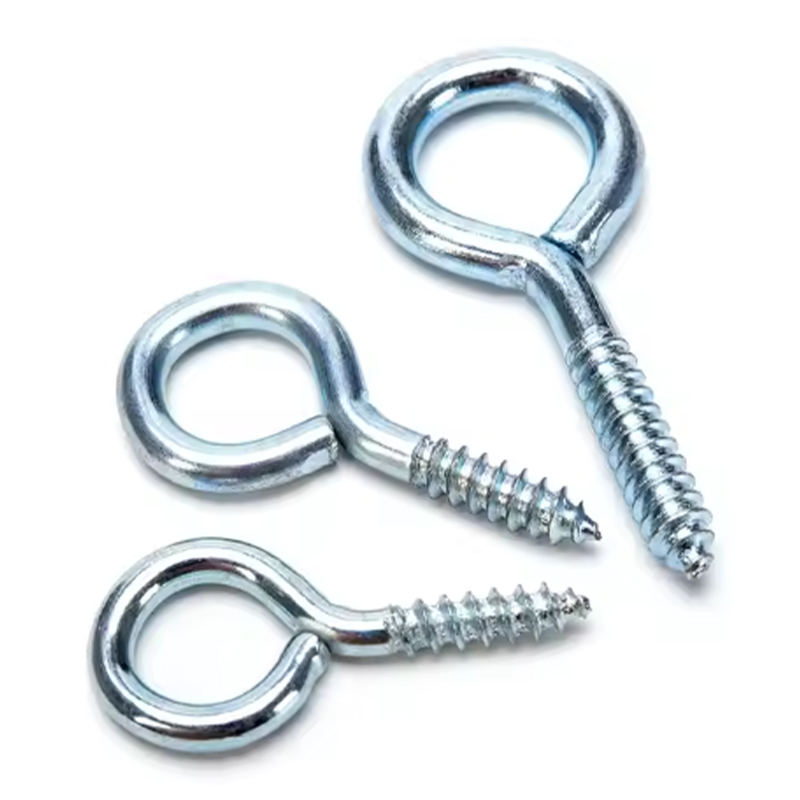
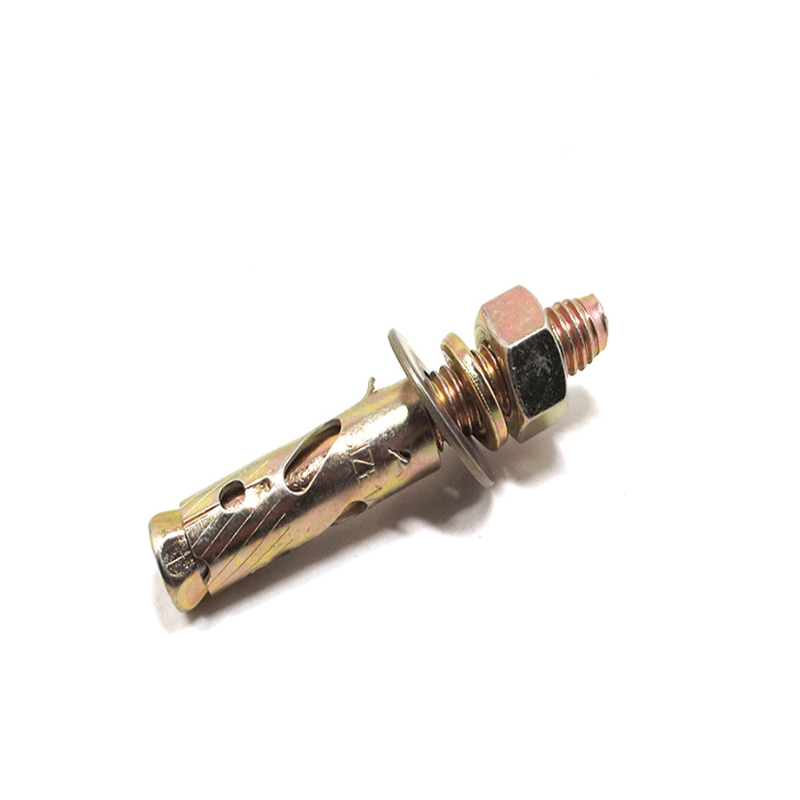
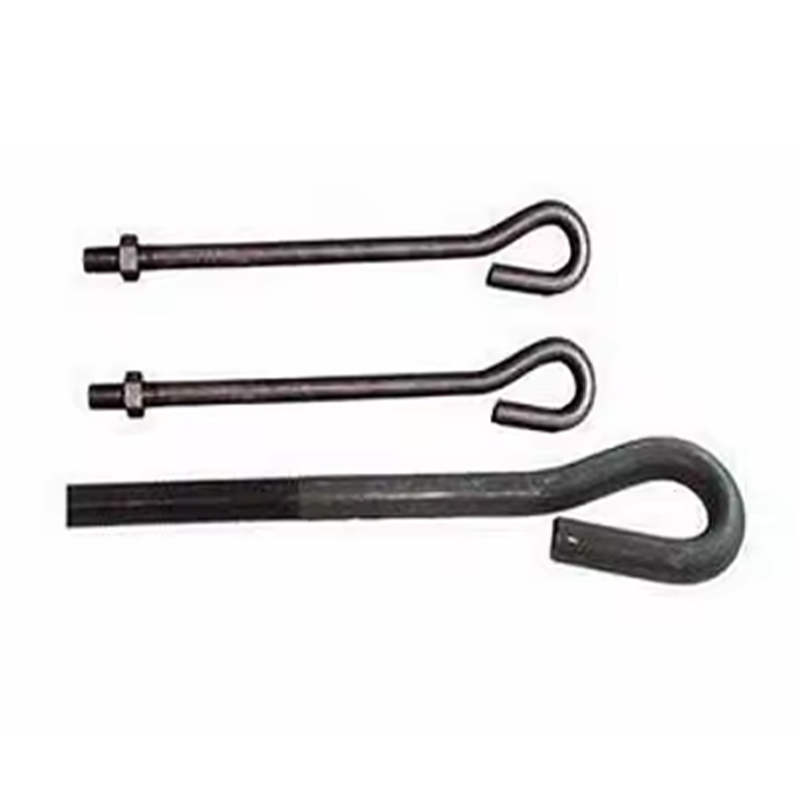
Please enter your email address and we will reply to your email.